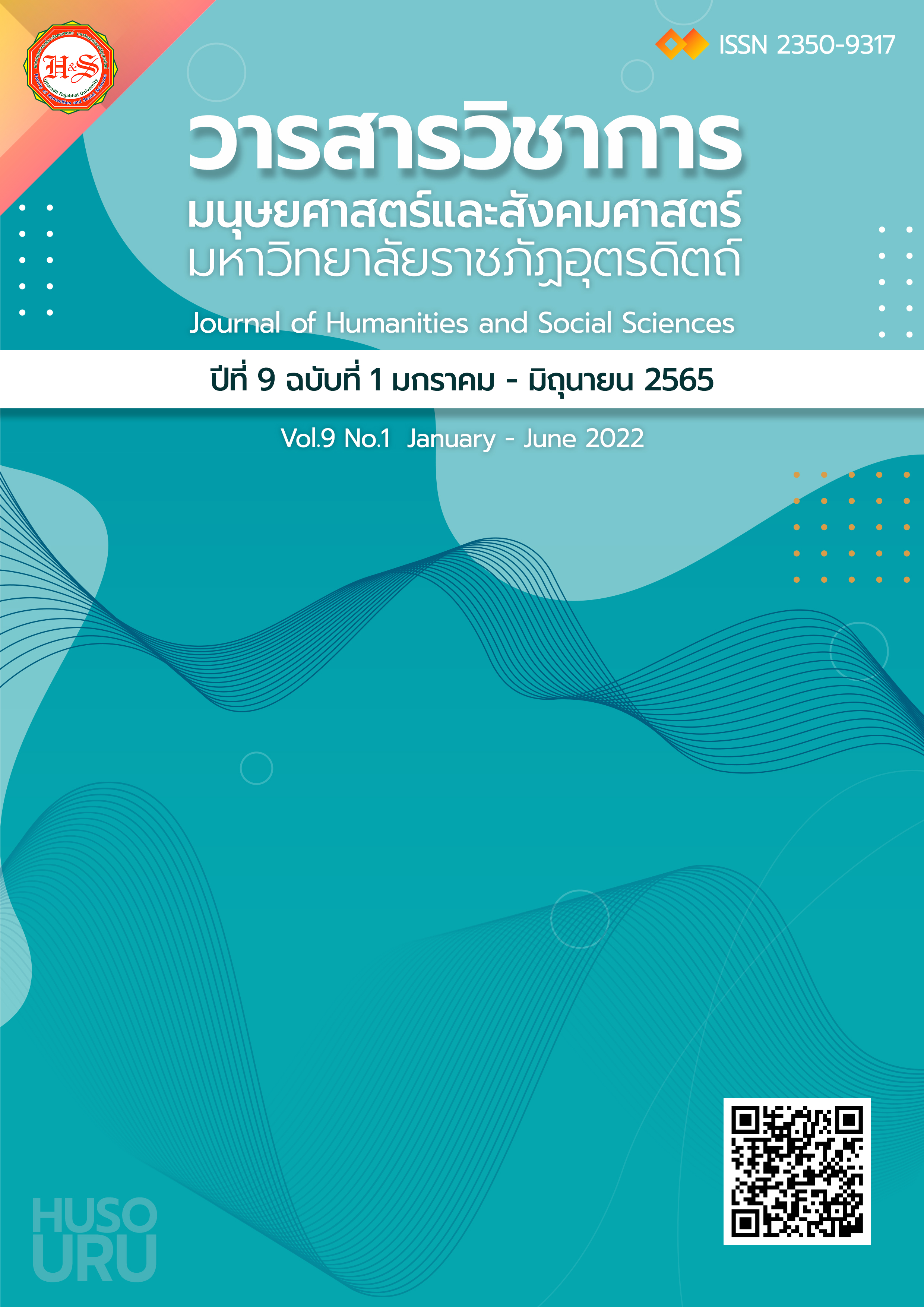Analyzing Foreign Language Learners’ Language: Talking to Artificial Intelligence Voice-Assistant
Abstract
Previous interaction studies have shown the effect different types of artificial intelligent agents have on learners’ perception and speaking production ability. However, Human-AI interaction research has been limited to studying the forms and language used when human conversing with AI. The purpose of this study is to investigate register features (e.g. words, vocabulary distributions grammatical classes, syntactic on structures, etc.) that EFL learners use in Human-AI conversations. Ten Thai EFL learners participated in three spoken conversations with Google Assistant in three topics: 1) Sports 2) Transportations, and 3) Movies. To minimize unequal levels of task difficulty, each task was designed under identical Task Complexity scheme. Also, to counterbalance order effects, learners were separated into two topics order groups: Sports-Transportations-Movies, and Movies-Transportations-Sports. Conversations between participants and an AI are analyzed qualitatively. The result shows that the most widely linguistics features used in Human-A.I conversations are main clause type and noun-phrase. It is more relaxed to interact with artificial intelligence than doing with humans.
Downloads
Published
How to Cite
Issue
Section
License
Copyright (c) 2022 Journal of Humanities and Social Sciences Uttaradit Rajabhat University

This work is licensed under a Creative Commons Attribution-NonCommercial-NoDerivatives 4.0 International License.
บทความเป็นลิขสิทธิของคณะมส. มรภ อต.



